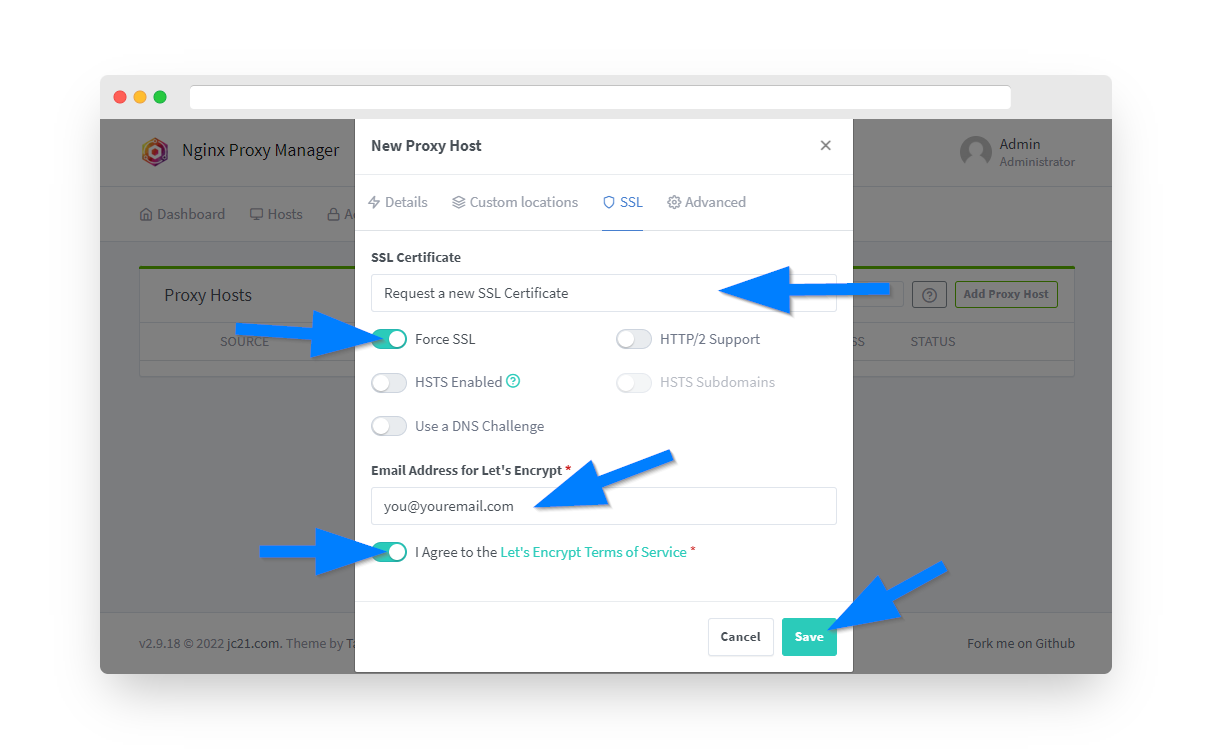1.) To install Jellyfin first login to your PrivateRouter and click the System menu. Select Custom Commands then locate Jellyfin and click the RUN button.
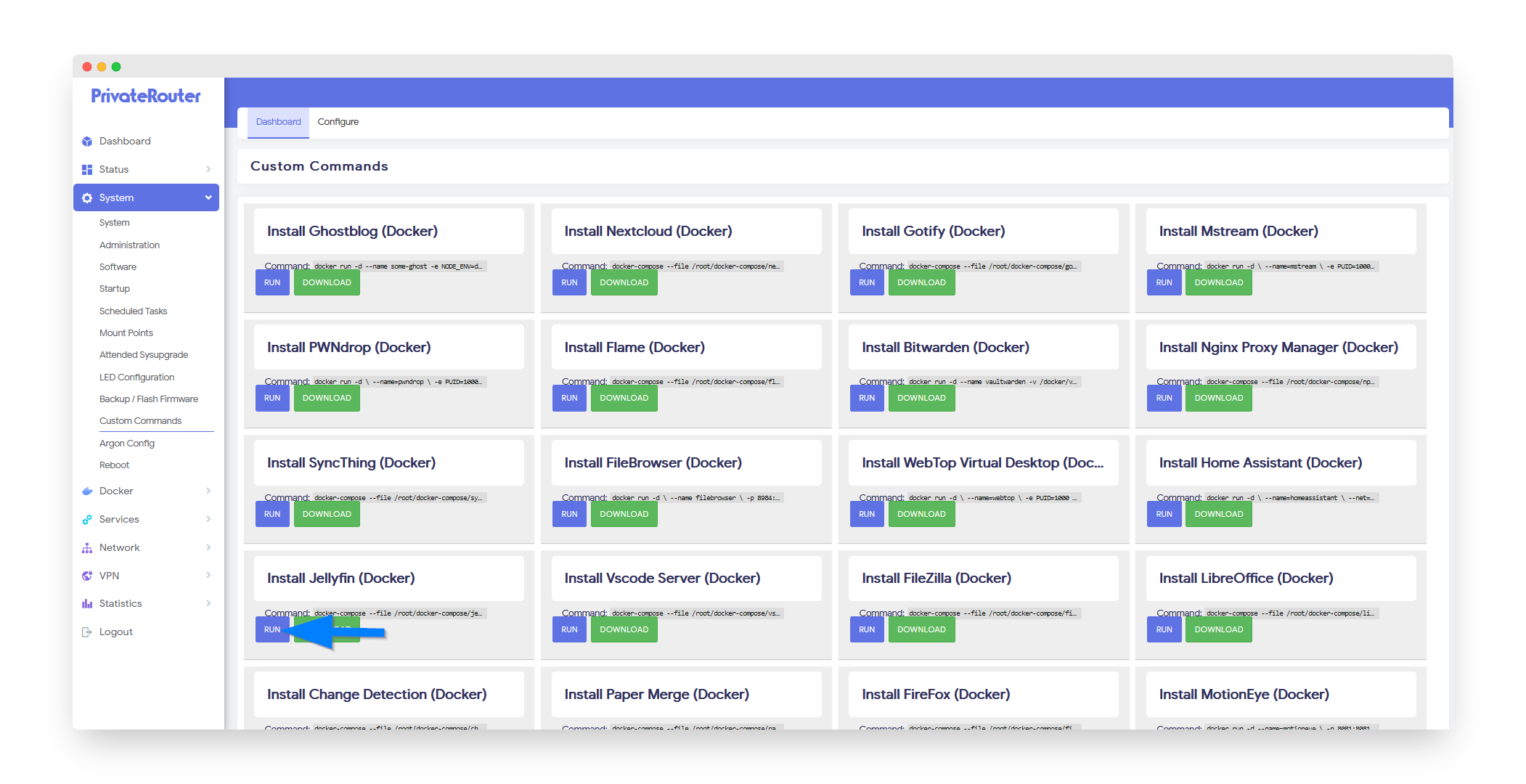
2.) Wait a few minutes for the Jellyfin install to complete then click the Docker menu and select containers. Locate the newly installed Jellyfin app and click the port link (8096) to open Jellyfin in a new window.
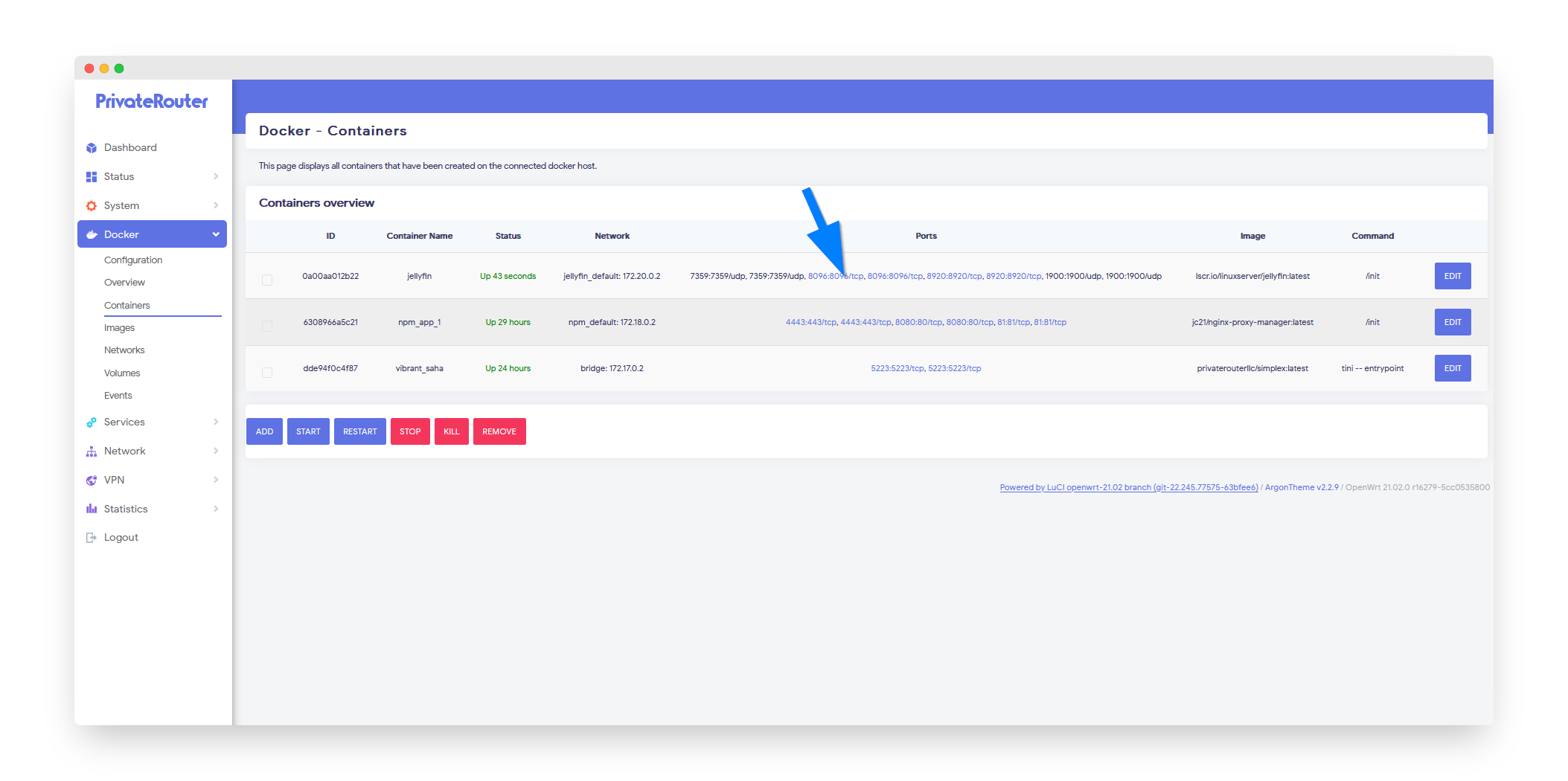
2.) Select your language and click next to proceed with the Jellyfin install.
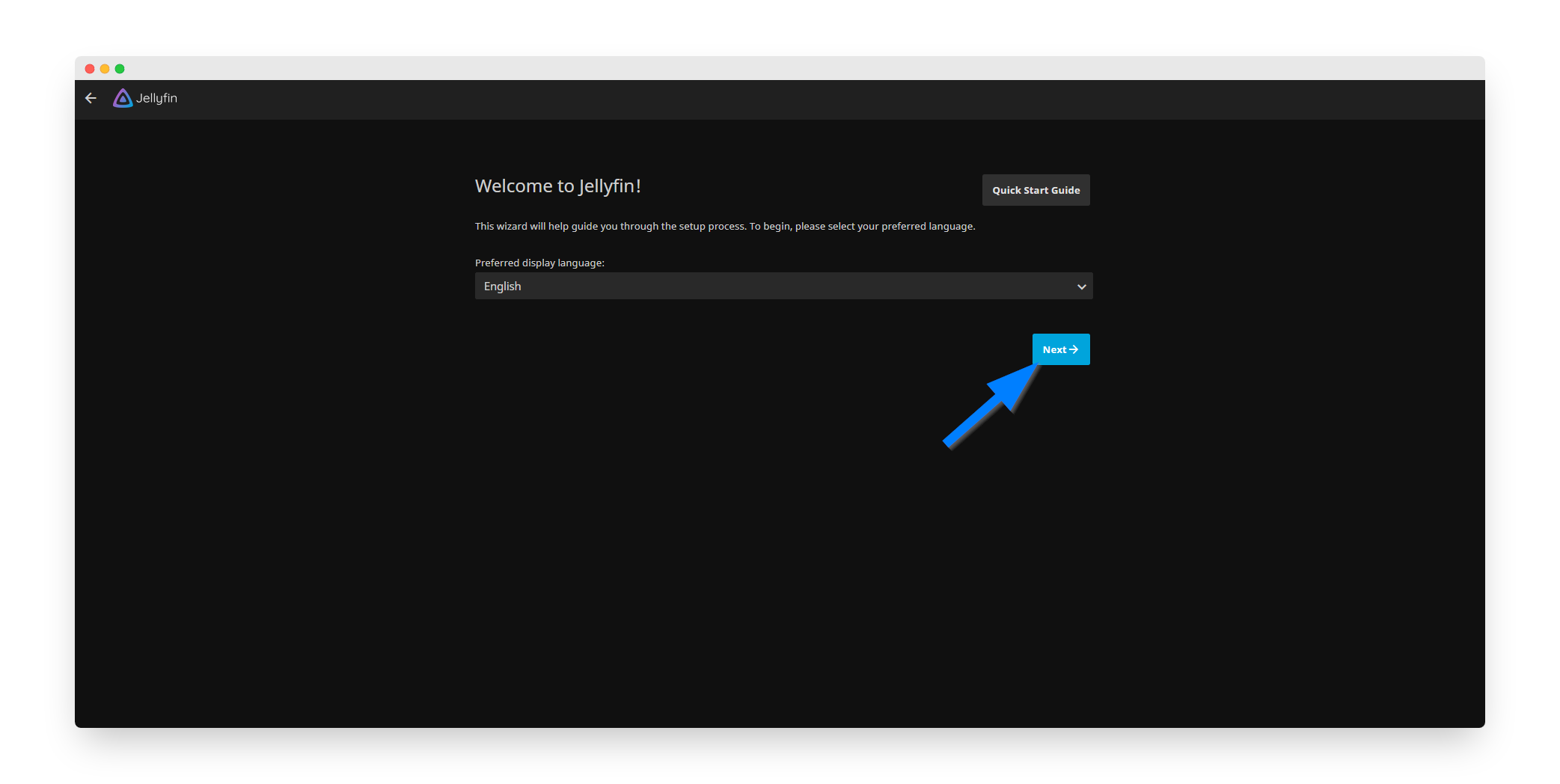
Choose a secure username and password then click the Next button.
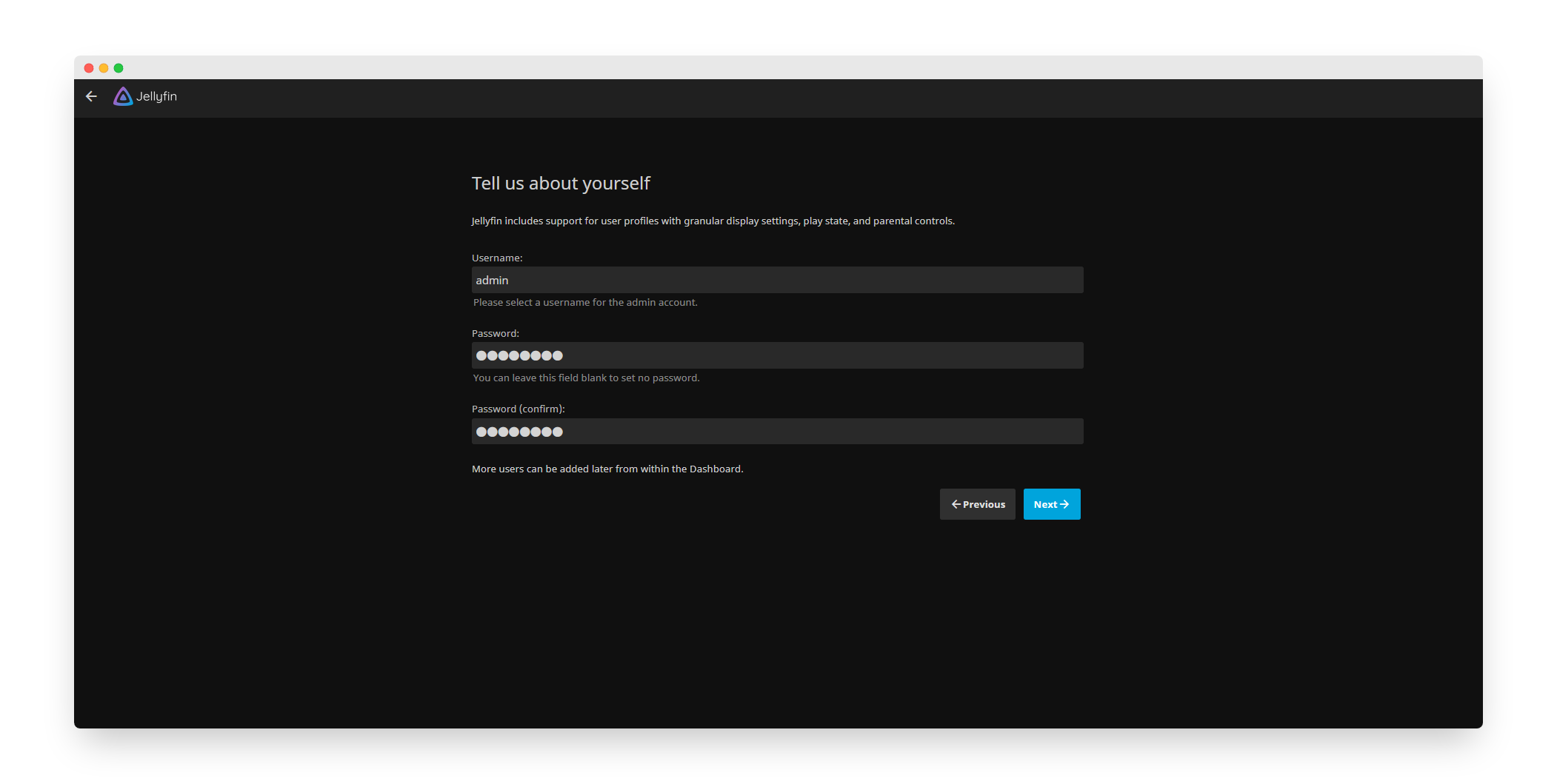
Click the + button to add a new Media Library.
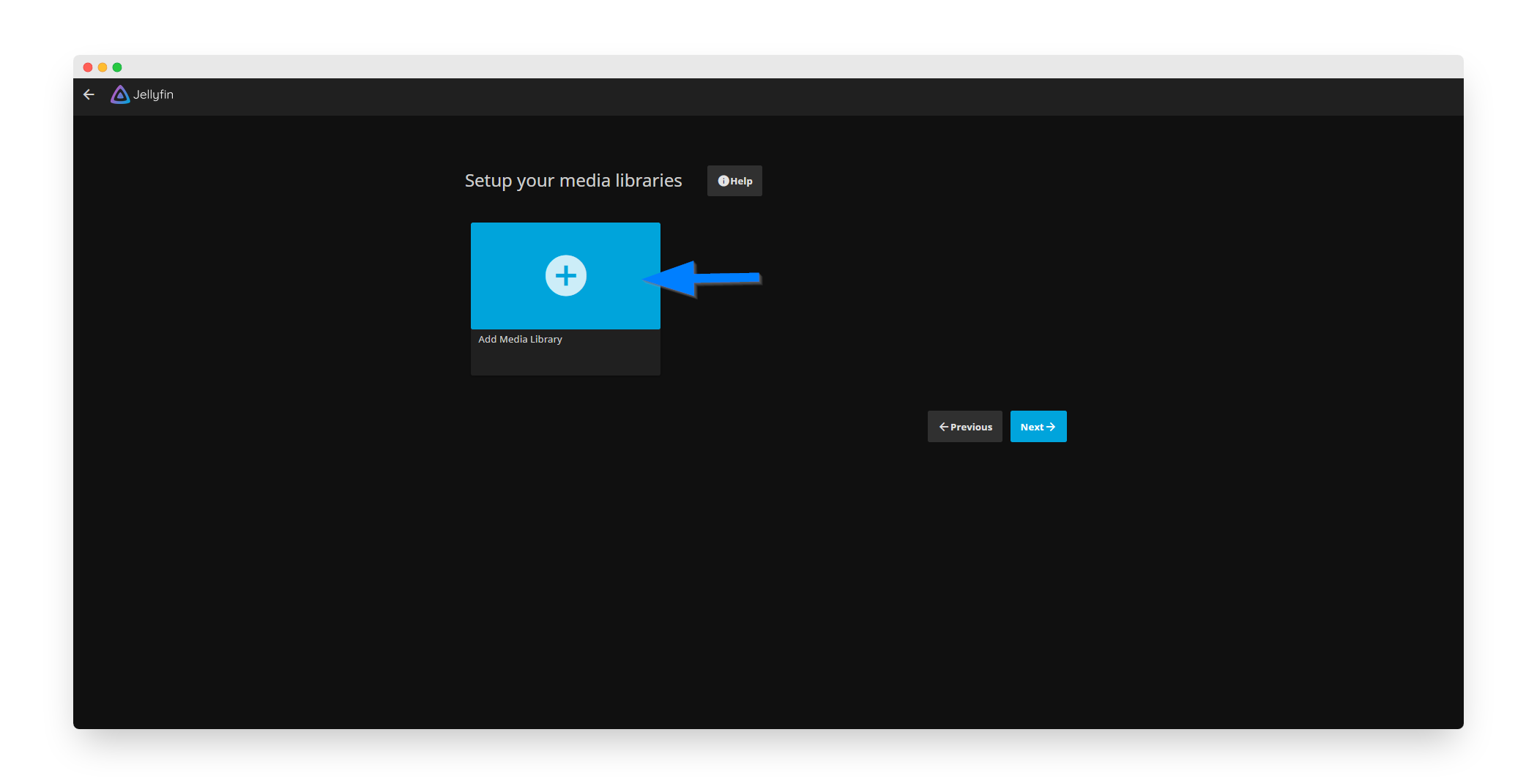
Next select the content type, in this example - Movies. Click the + button to link a folder to the Movie library.
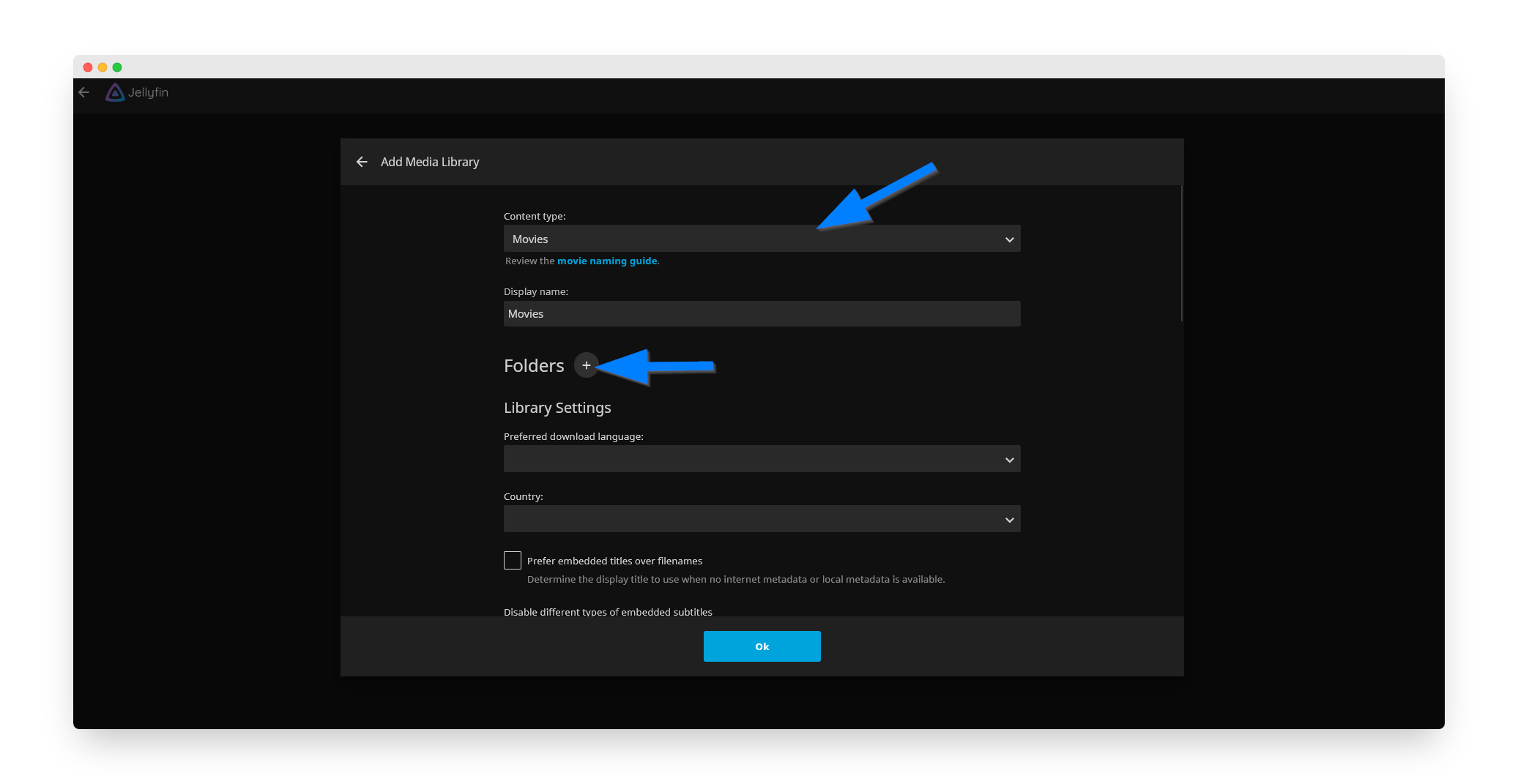
In the folder dropdown select /data/movies and click the OK button.
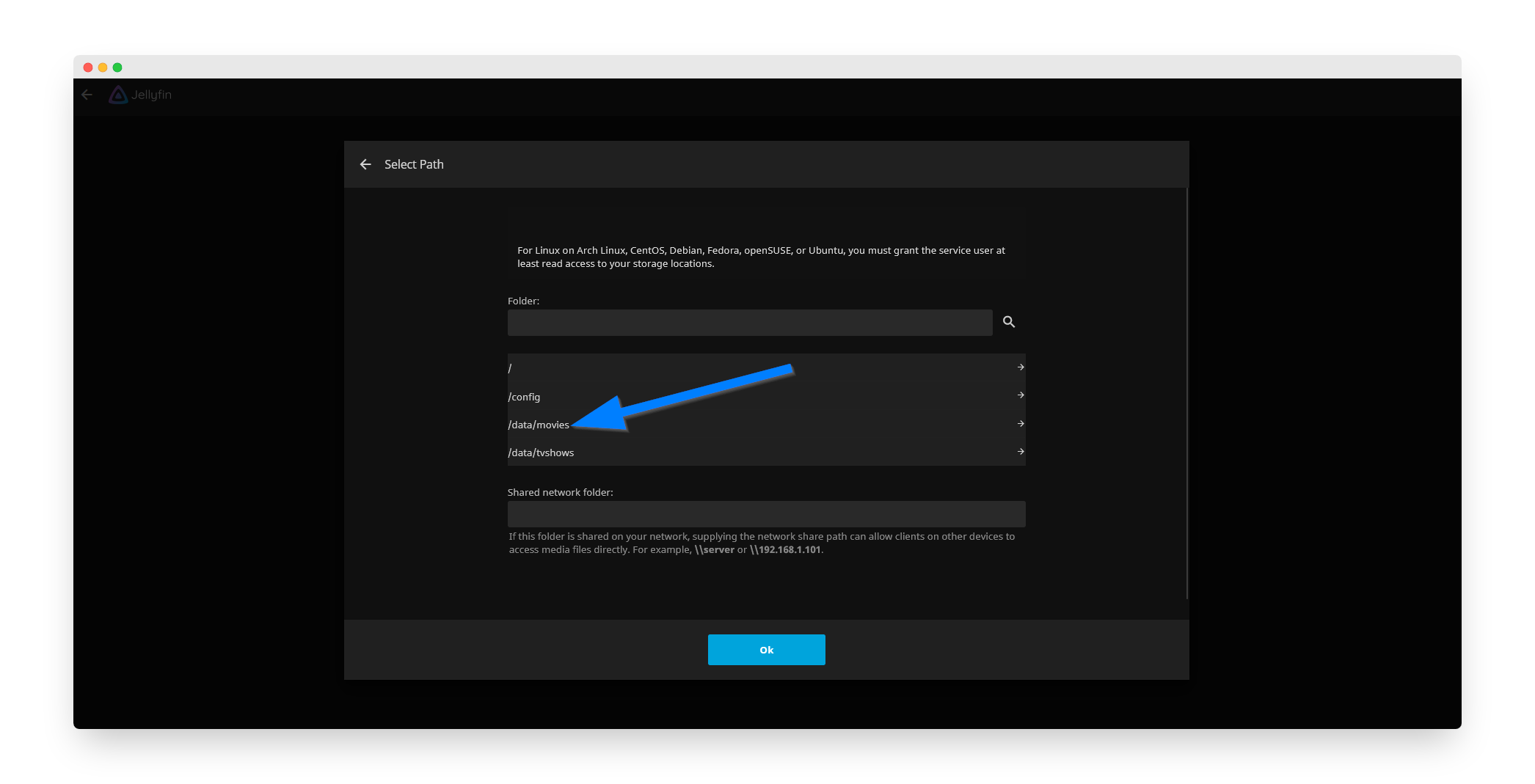
3. The fastest way to upload file content to Jellyfin is through the Filebrowser app as Filebrowser is mapped to the PrivateRouter docker folder. If you have not yet installed Filebrowser you can install it with this tutorial. First login to Filebrowser:
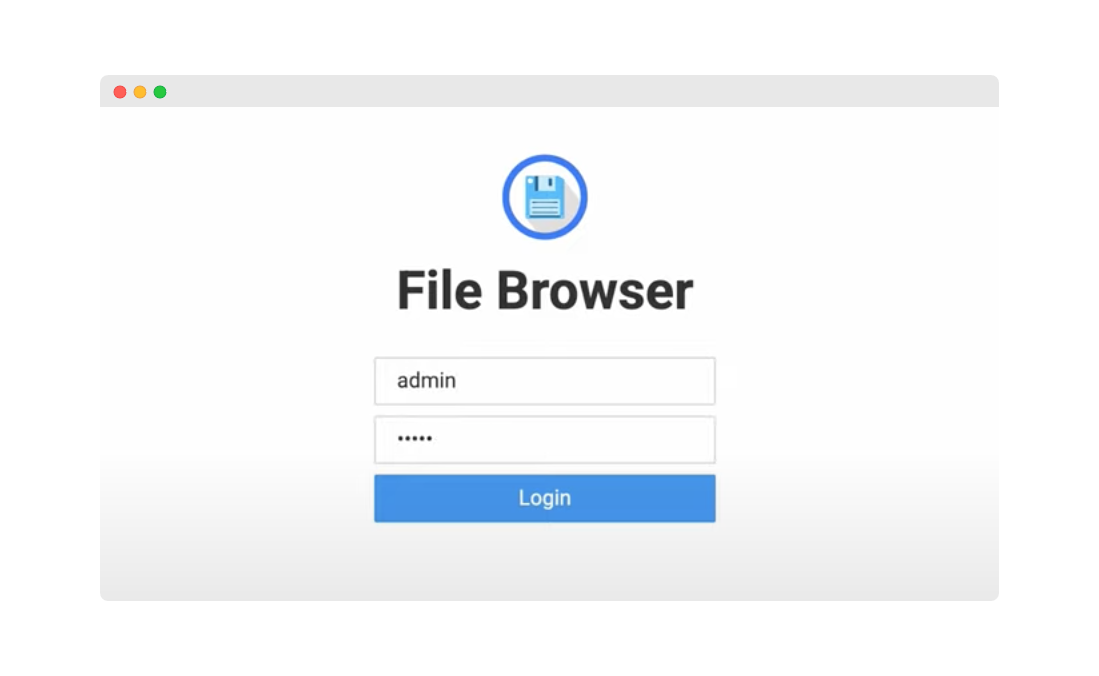
Click the Jellyfin folder:
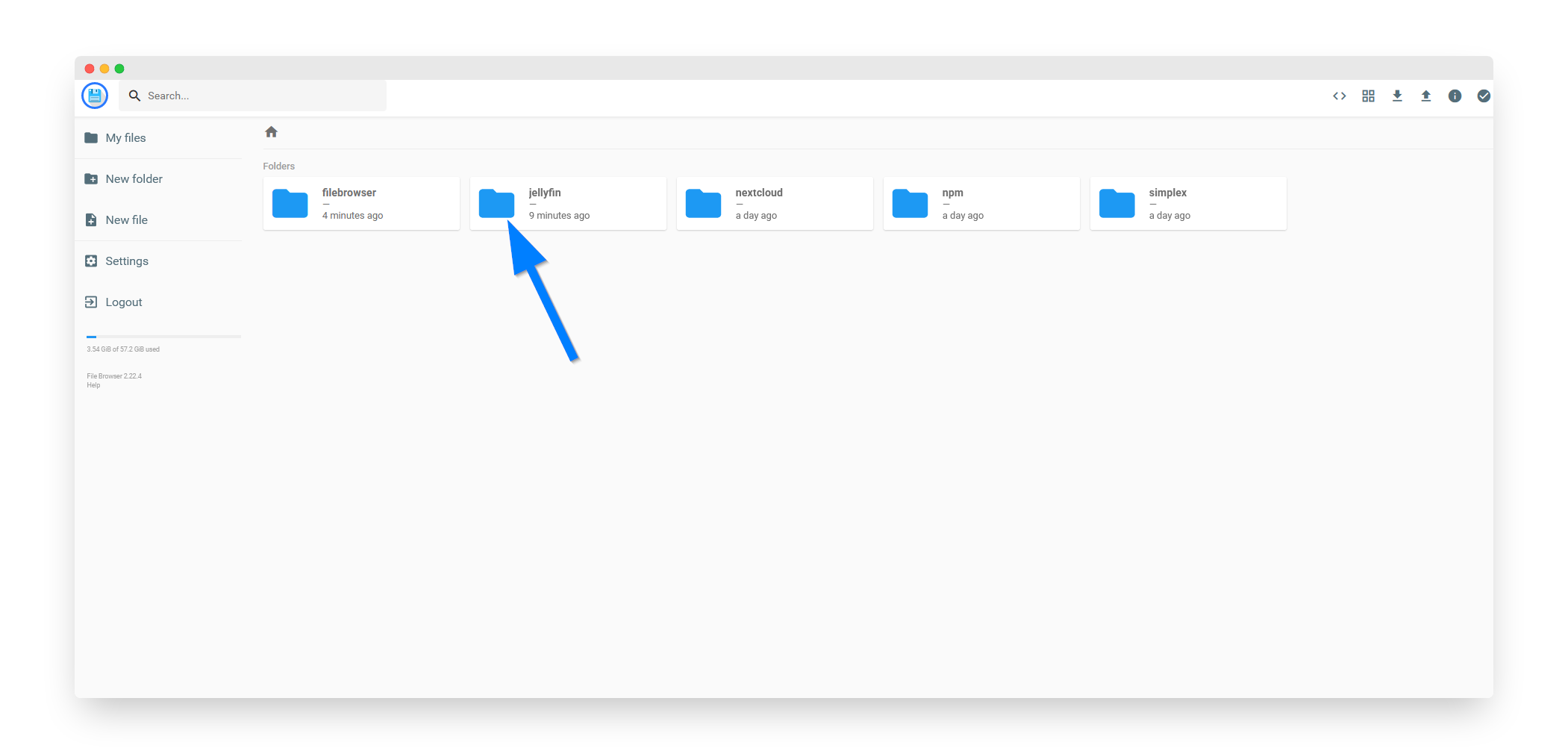
Then click the Movies folder that was linked in the previous step. You can now upload video media content to this folder and Jellyfin will update the library. Simply click and drag files from your local computer into the FileBrowser window.
If you only want local access to Jellyfin and do not wish to access via domain name then you are all set. If you wish to point a public domain name to Jellyfin for easy access then proceed to the next step.
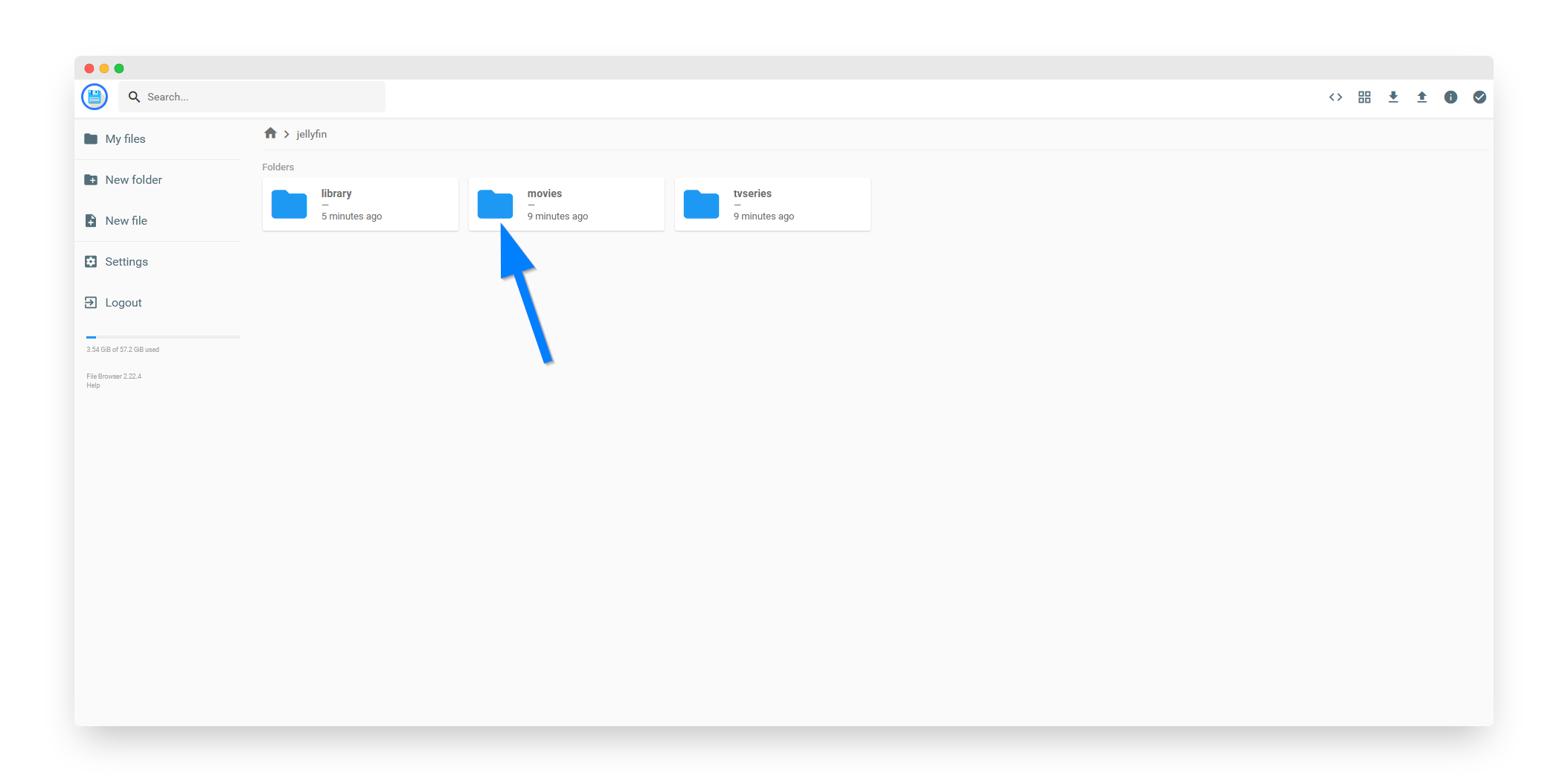
4.) For this next step you must have already installed the Nginx Proxy Manager app to handle domain and SSL. If you have not yet installed Nginx Proxy Manager please follow the tutorial here to complete the install.
Login to Nginx Proxy Manager at http://192.168.0.1:81. If you have not setup a password the default username is [email protected] and default password is changeme.
Once you are logged in click the Hosts menu option then select "Proxy Hosts".
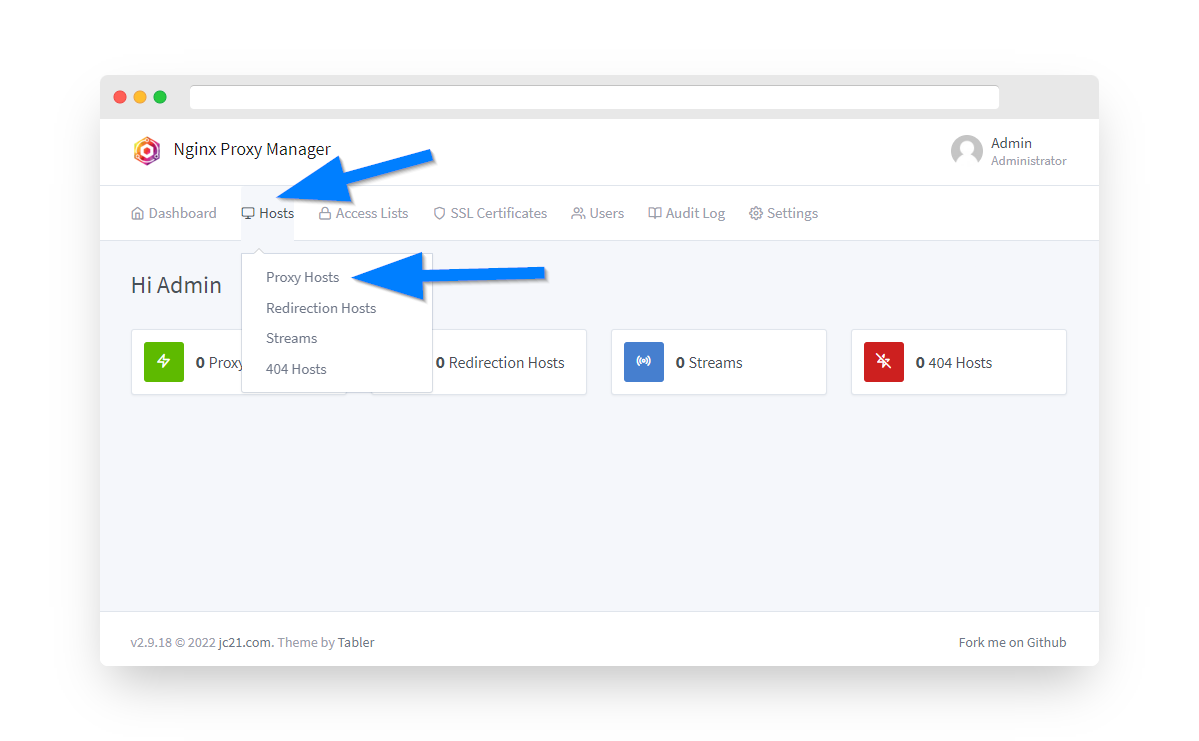
5.) Click the Add Proxy Host button.
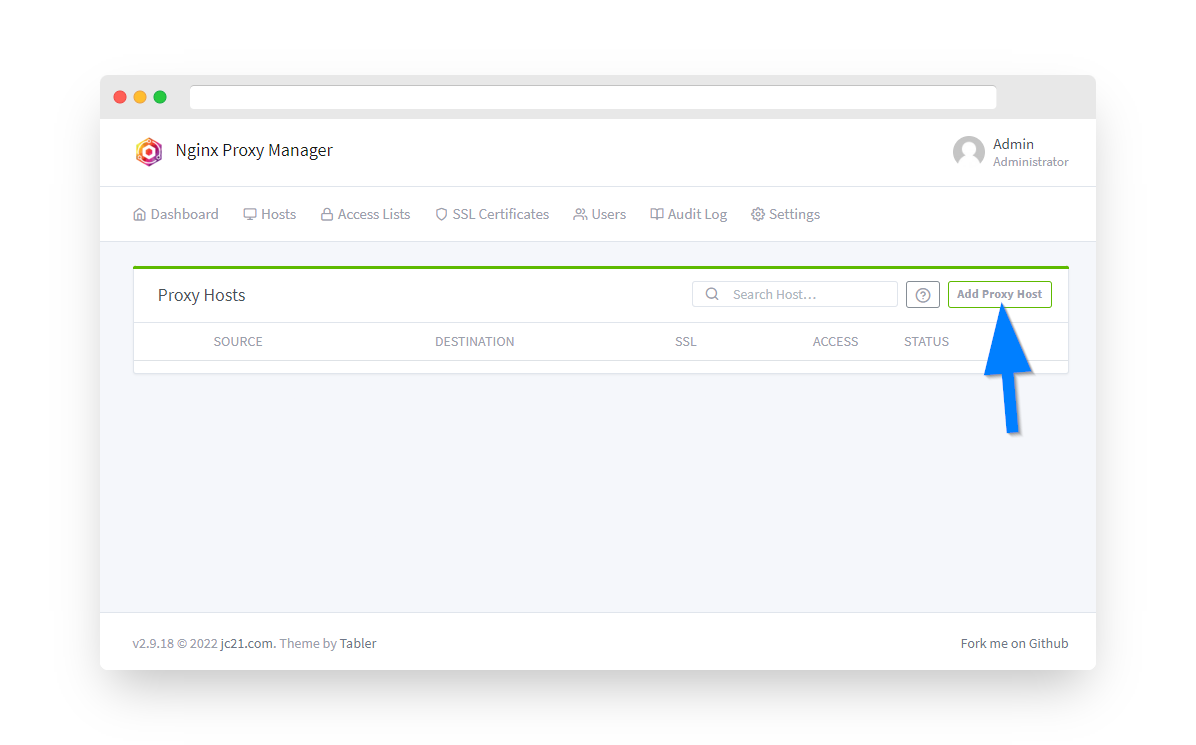
6. Before proceeding first make sure you have pointed an A record or A Wildcard record with your domain's registrar at your Private VPN Cloud VPN IP address and setup external/internal port forwarding 80/8080 and 443/4443. Then enter the domain name or subdomain under Domain Names. (example: jelly.yourdomain.com) Select "https" under Scheme and the enter your Router's IP address (192.168.0.1). For the port enter Jellyfin's port number 8096. Click the SSL tab next.
**For Jellyfin make sure to set the Websockets Support switch to ON**
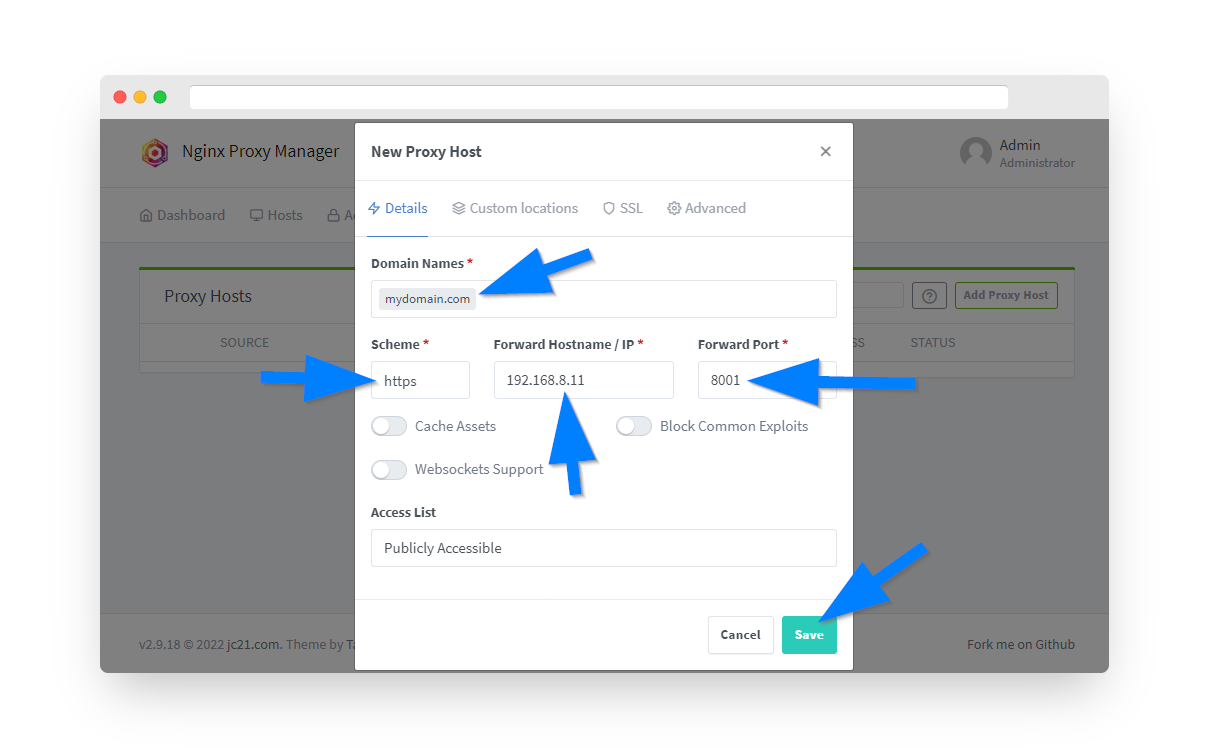
7. Under the SSL tab now proceed with obtaining a free Let's Encrypt SSL certificate. Under the SSL Certificate dropdown select "Request a new SSL Certificate with Let's Encrypt". Click the "Force SSL" option switch and enter an email address to register your SSL cert by with Let's Encrypt. Finally, click the "I Agree" switch on Let's Encrypt Terms and Conditions and click the save button. After a few moments you should see your new proxy host on the Nginx Proxy Manager dashboard with a green "online" status. To verify things are working open a new browser window and enter in your domain name. You should see Jellyfinis now loading through your domain instead of the local IP address.
